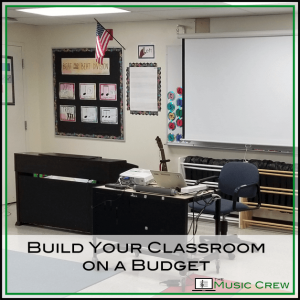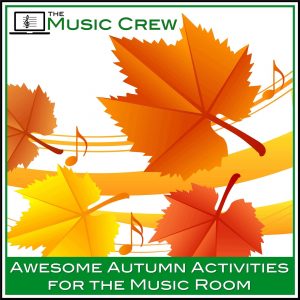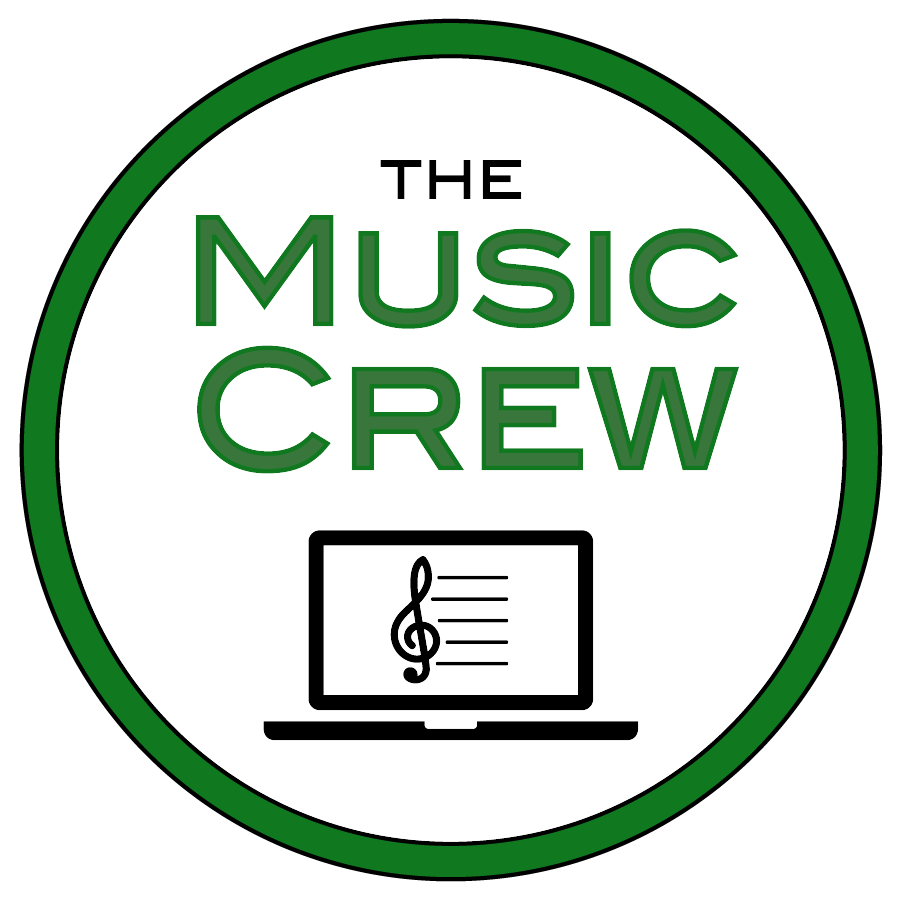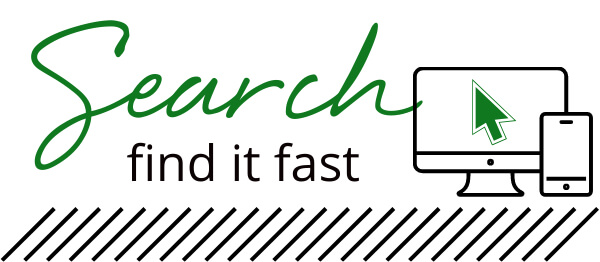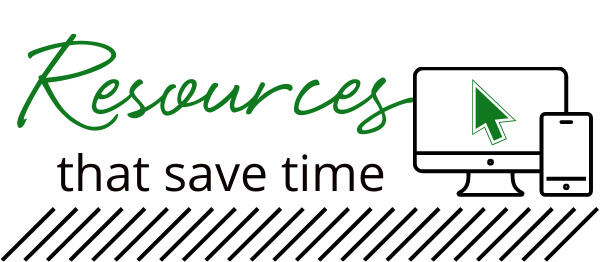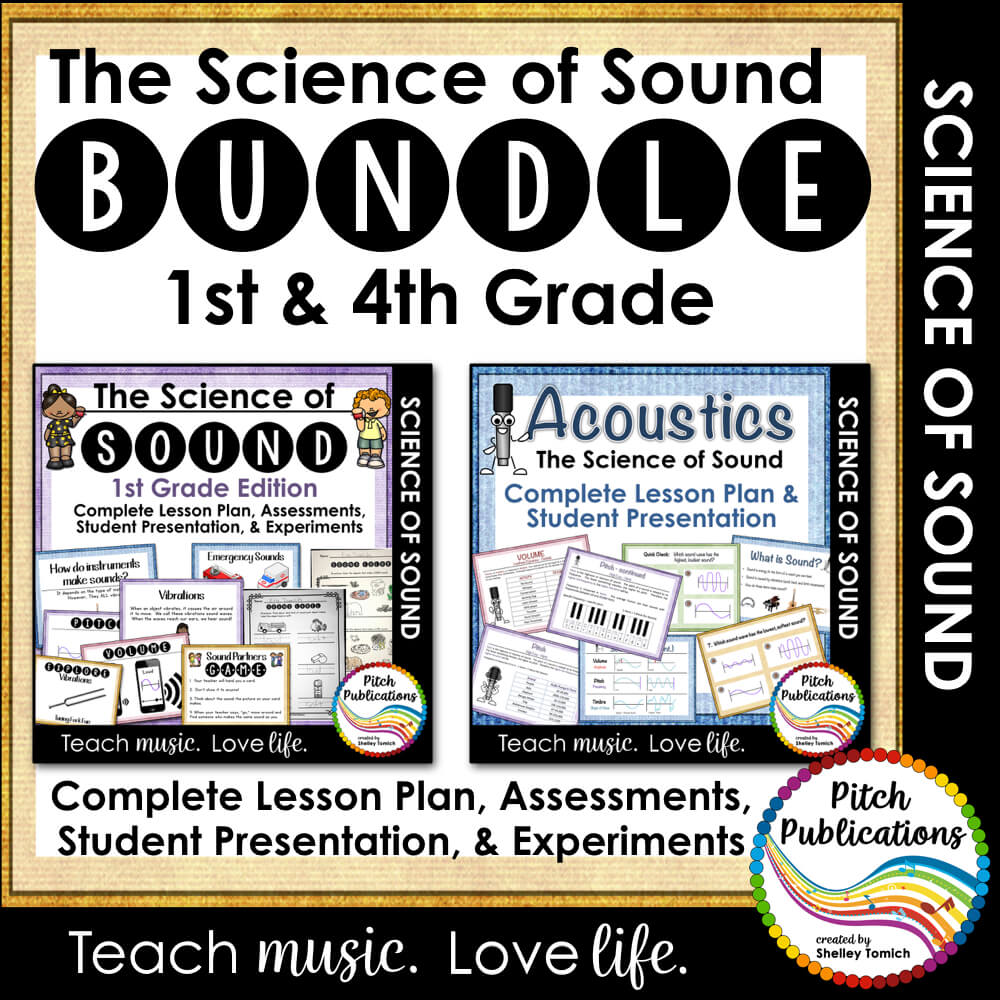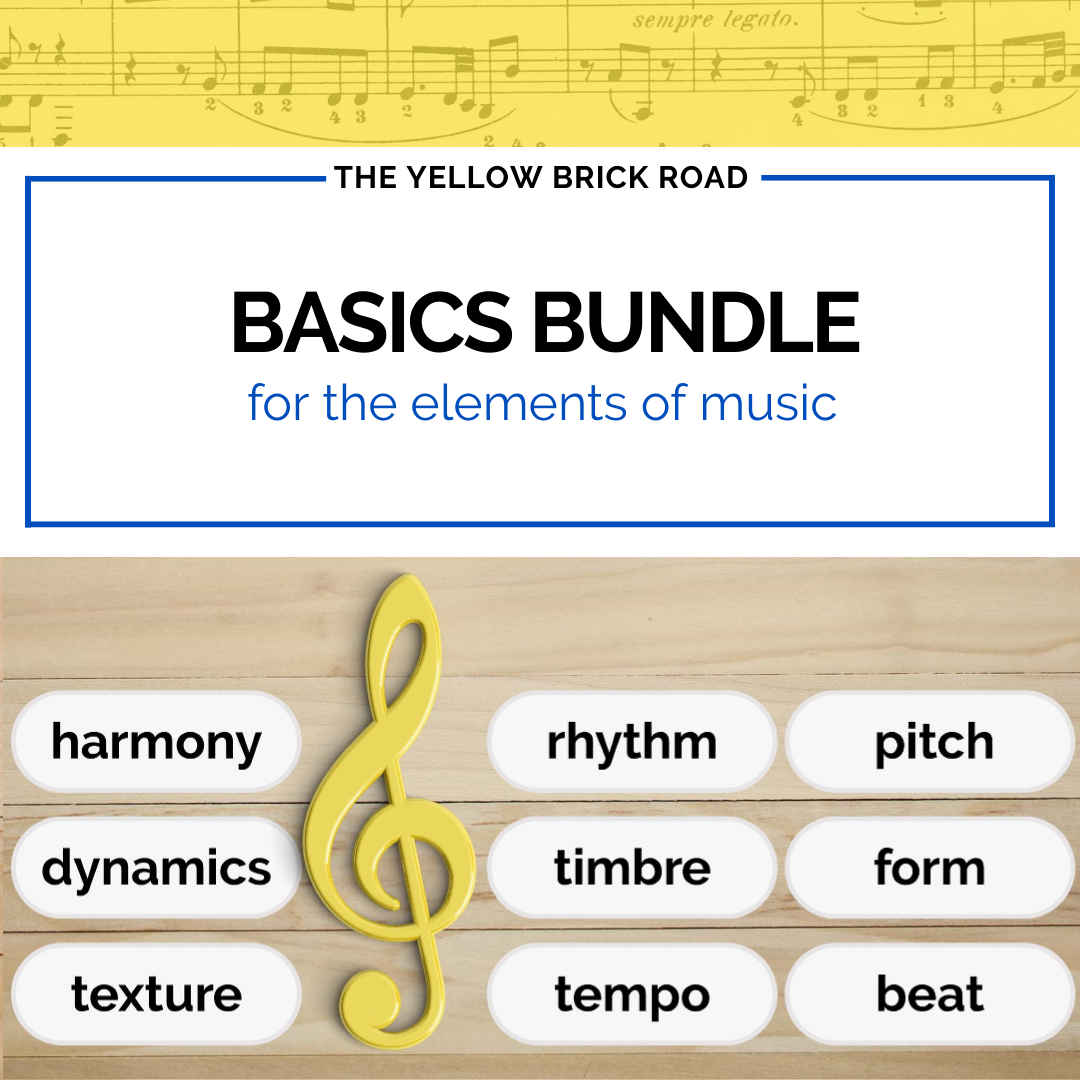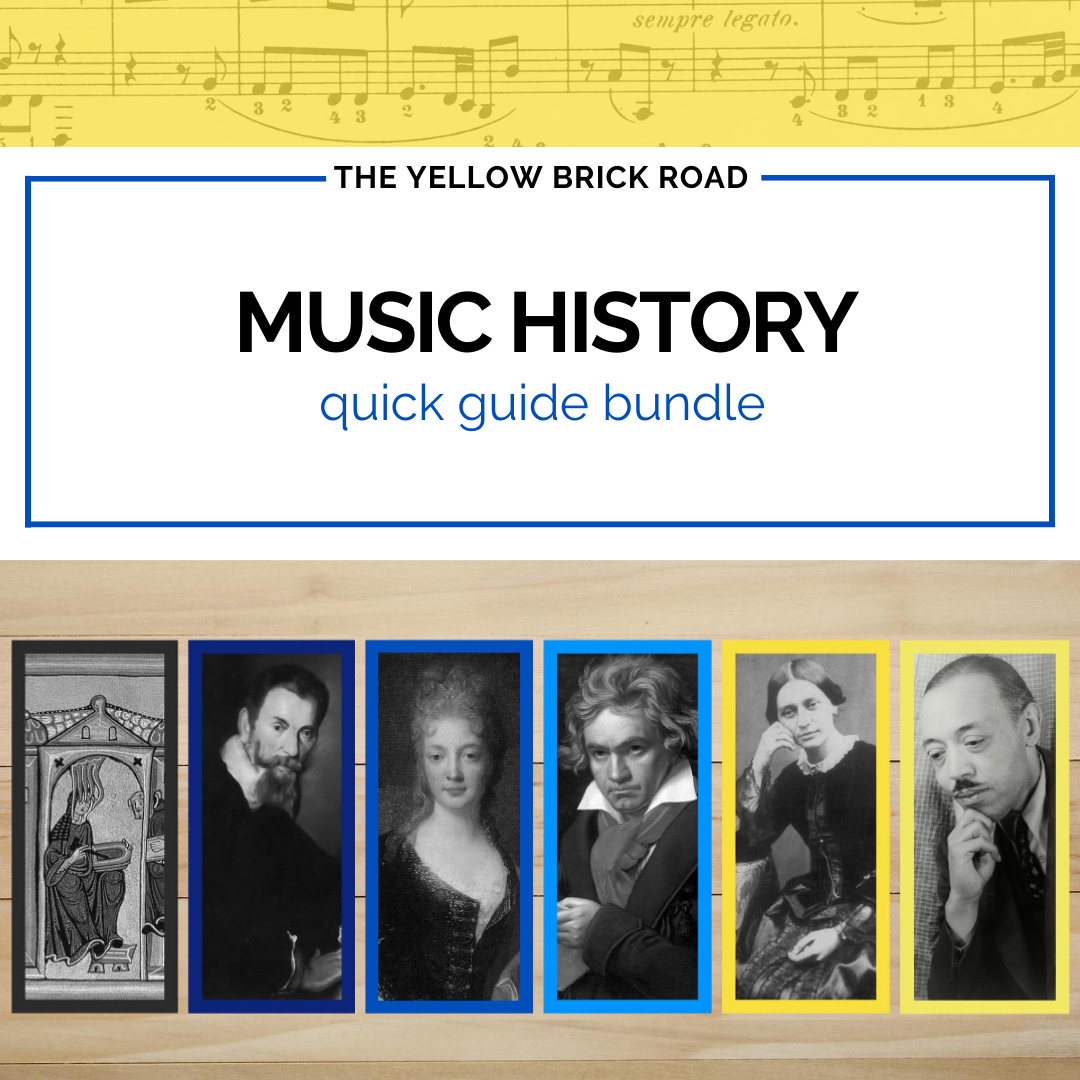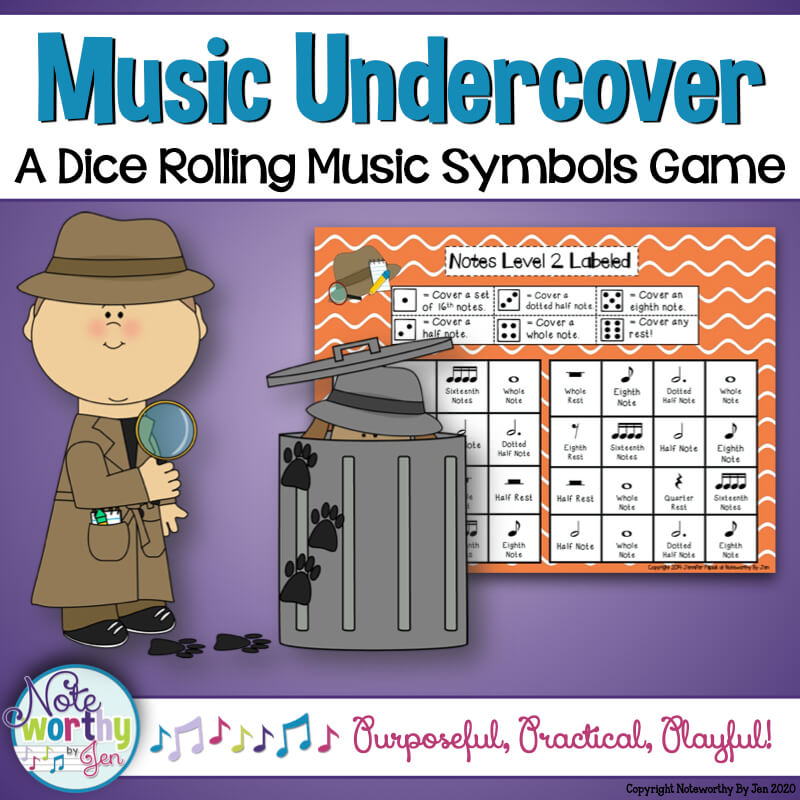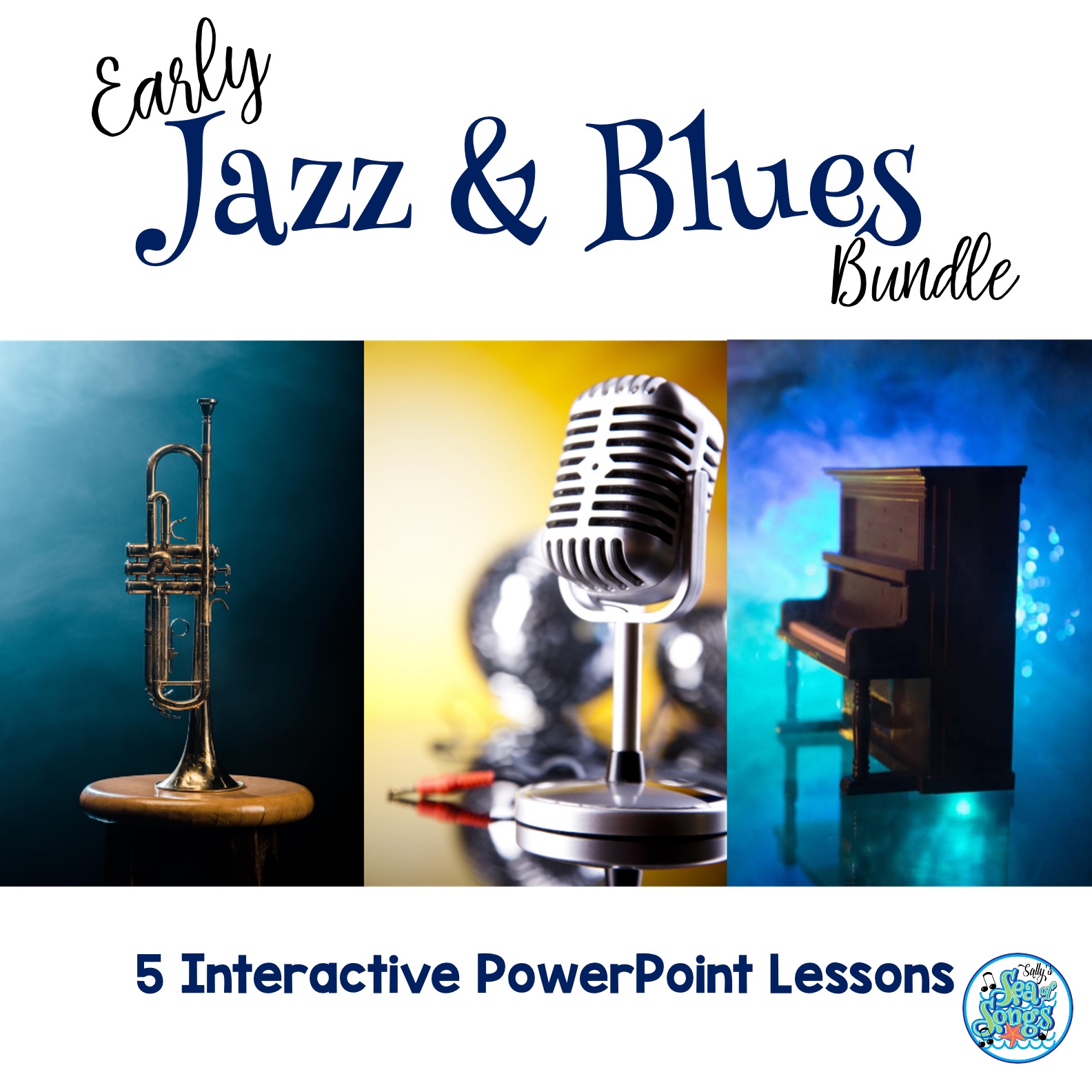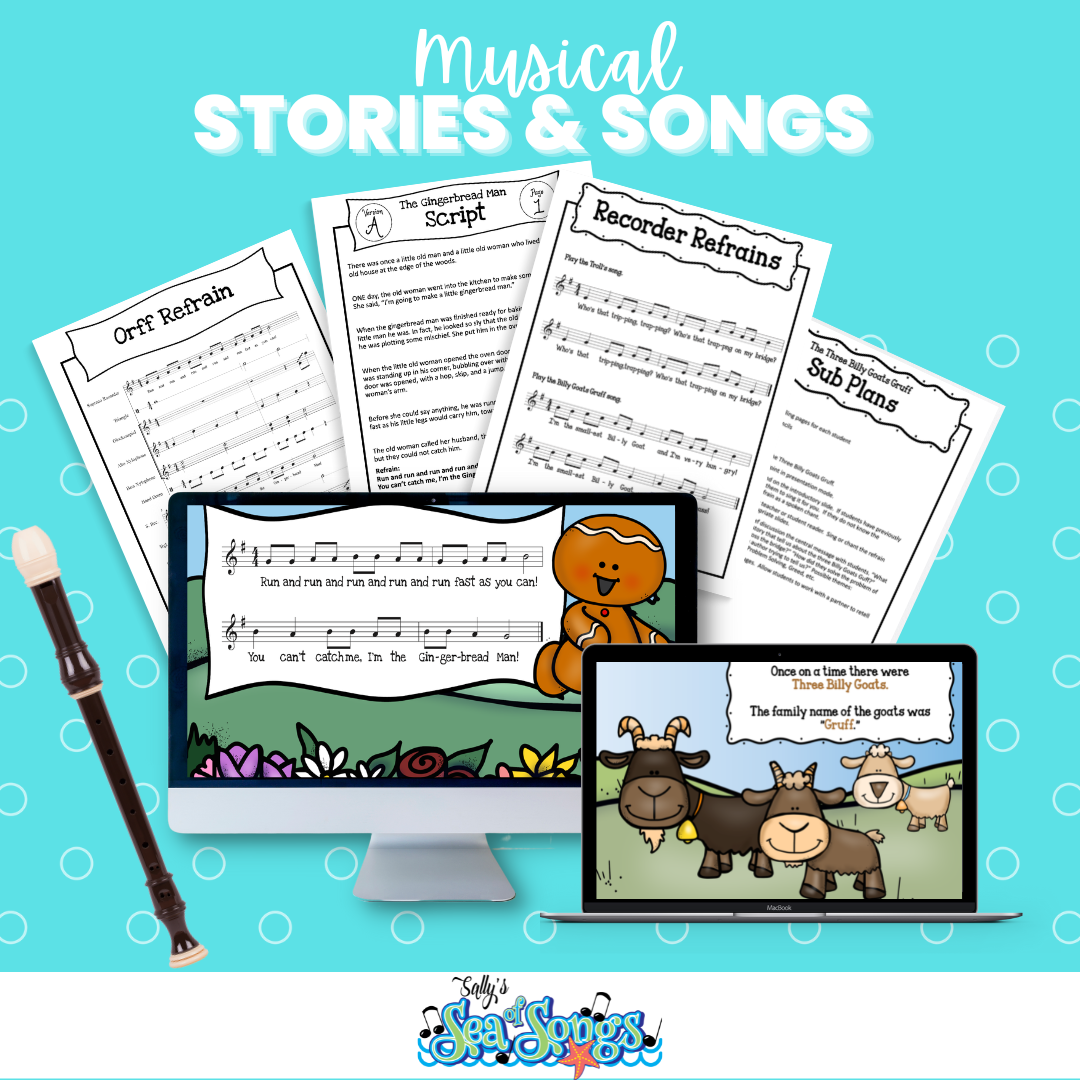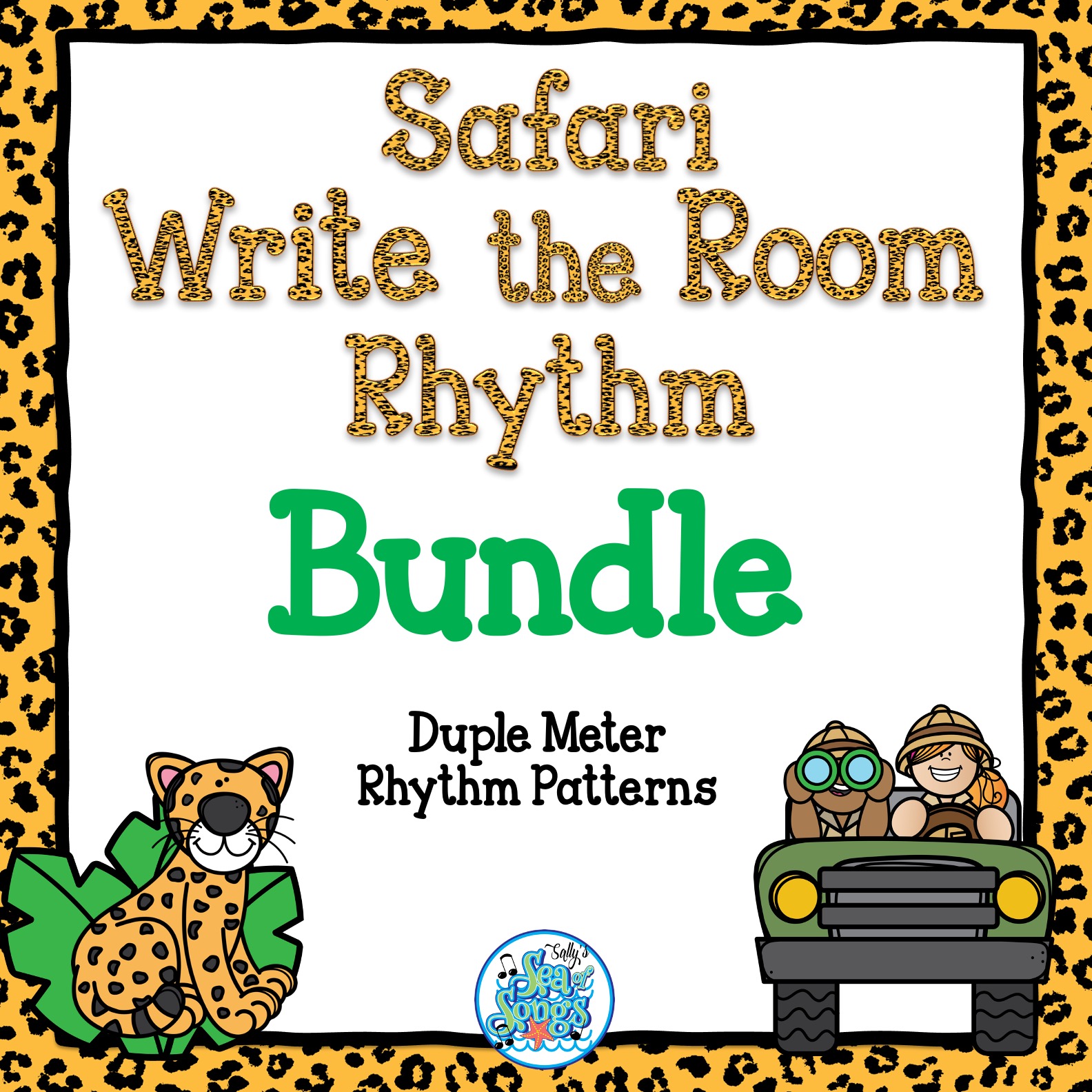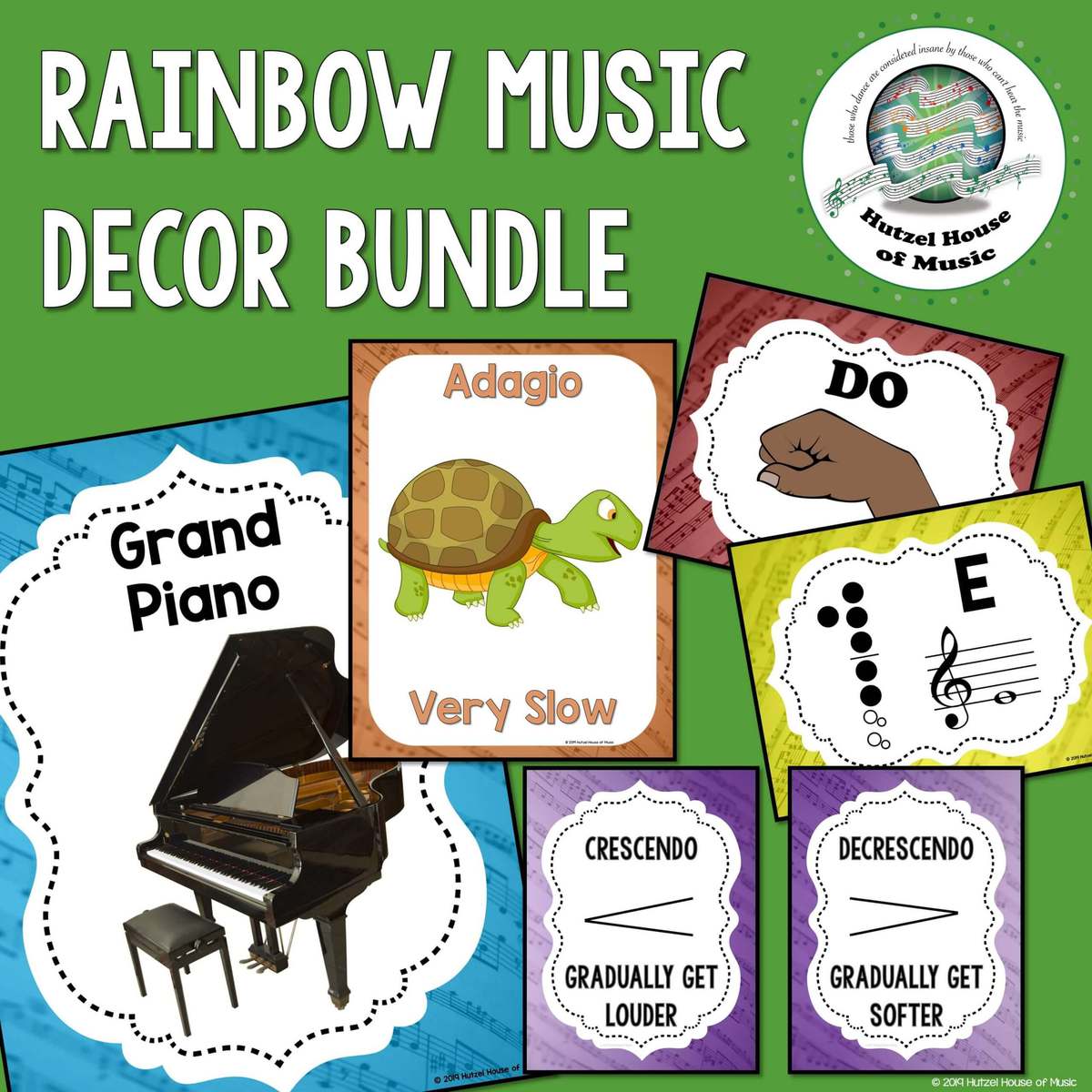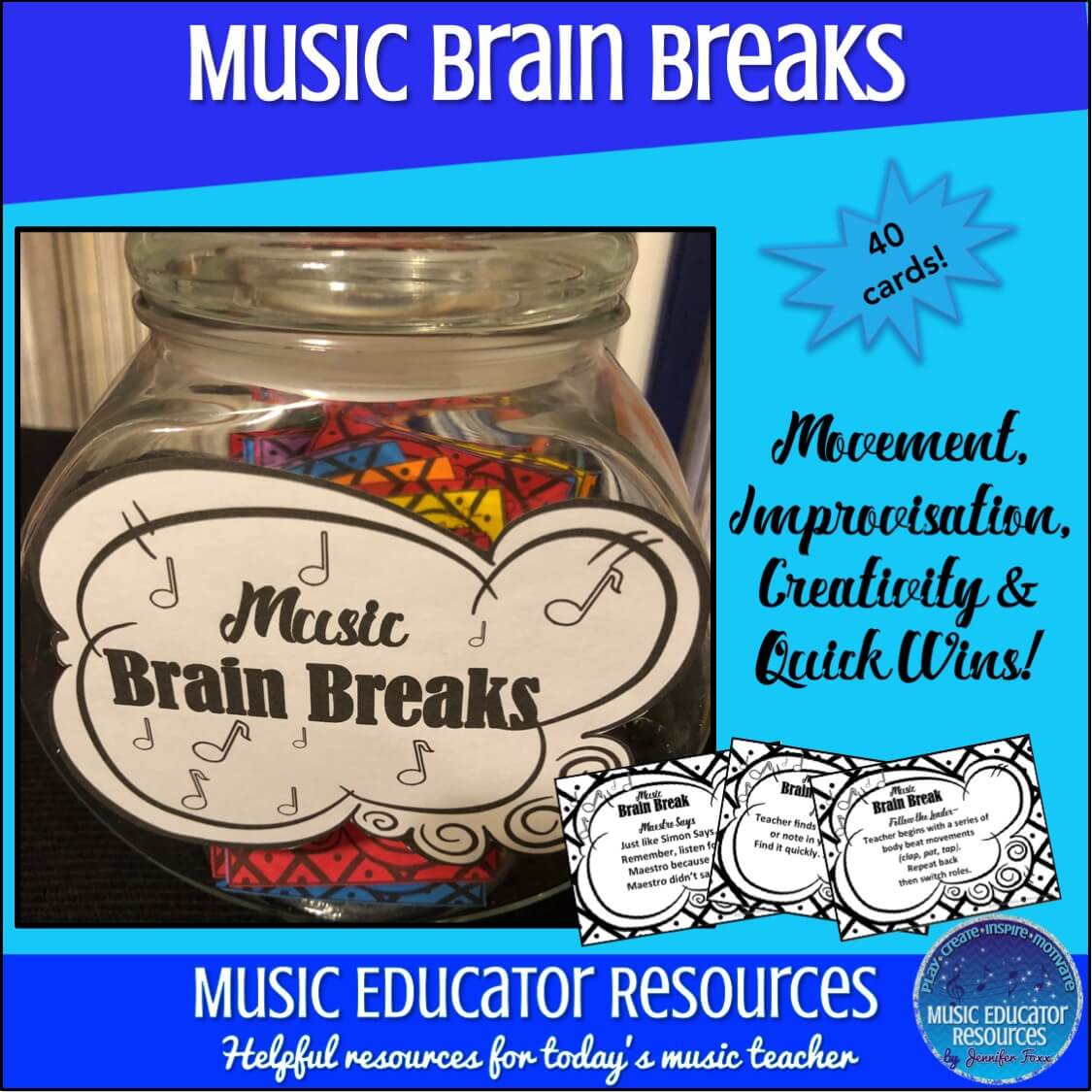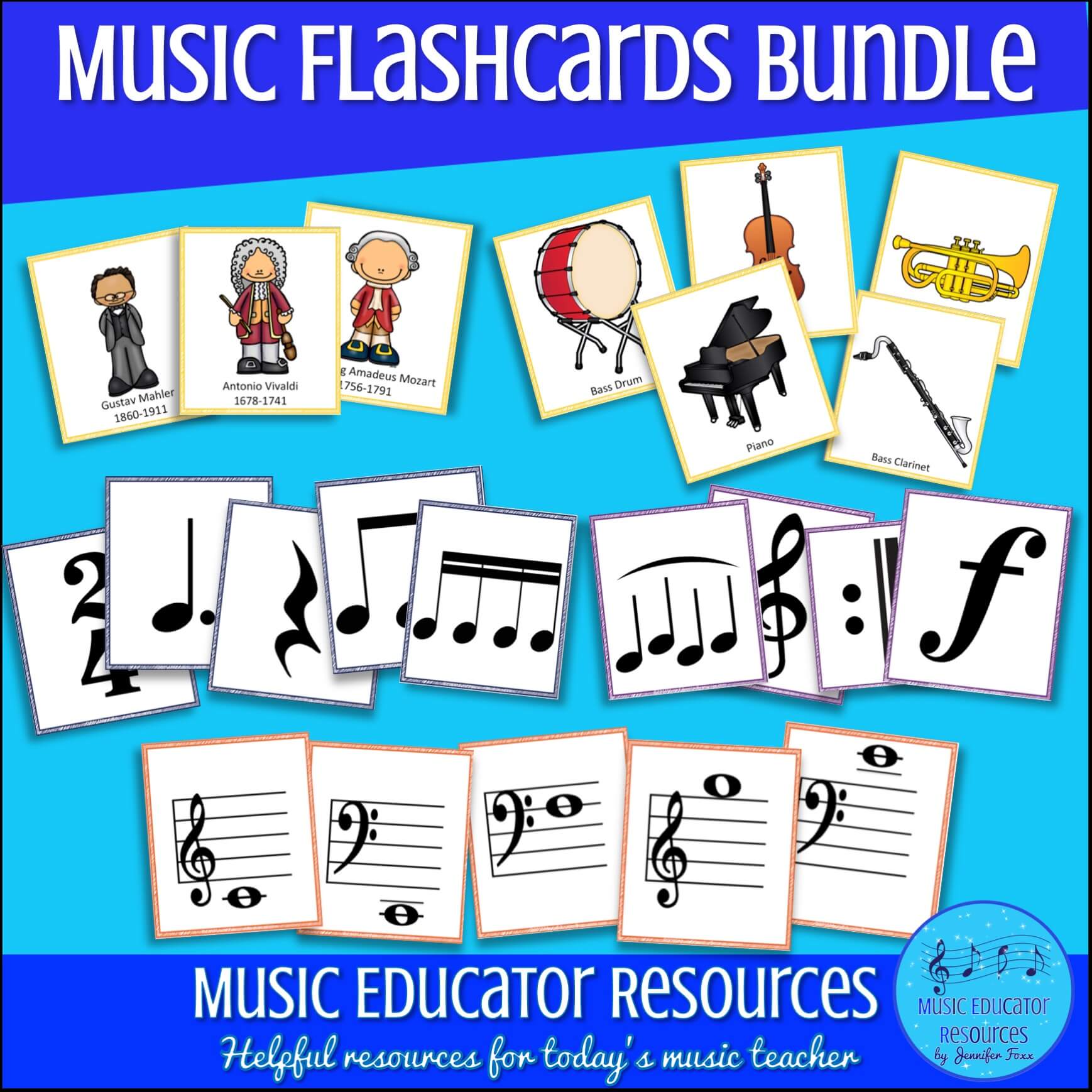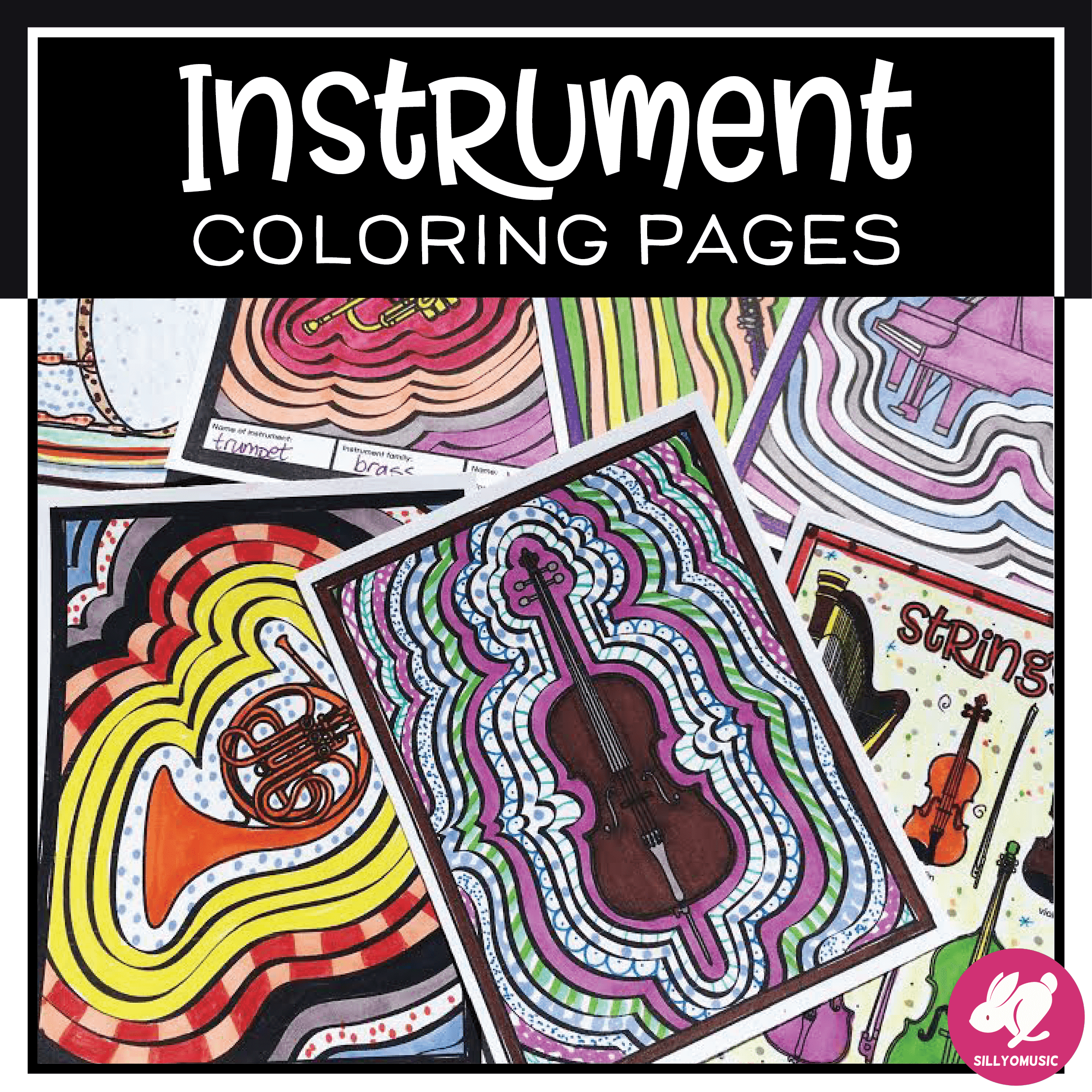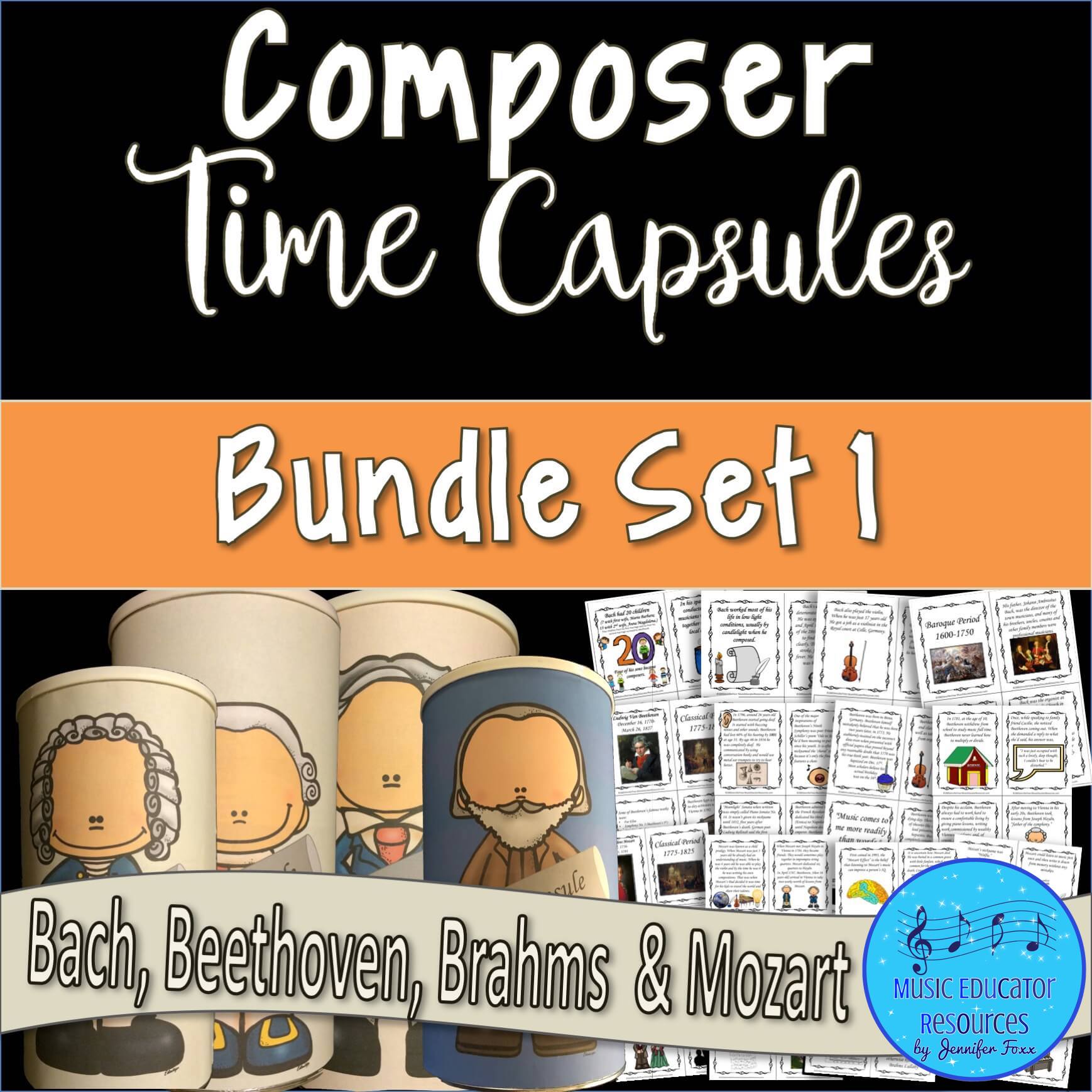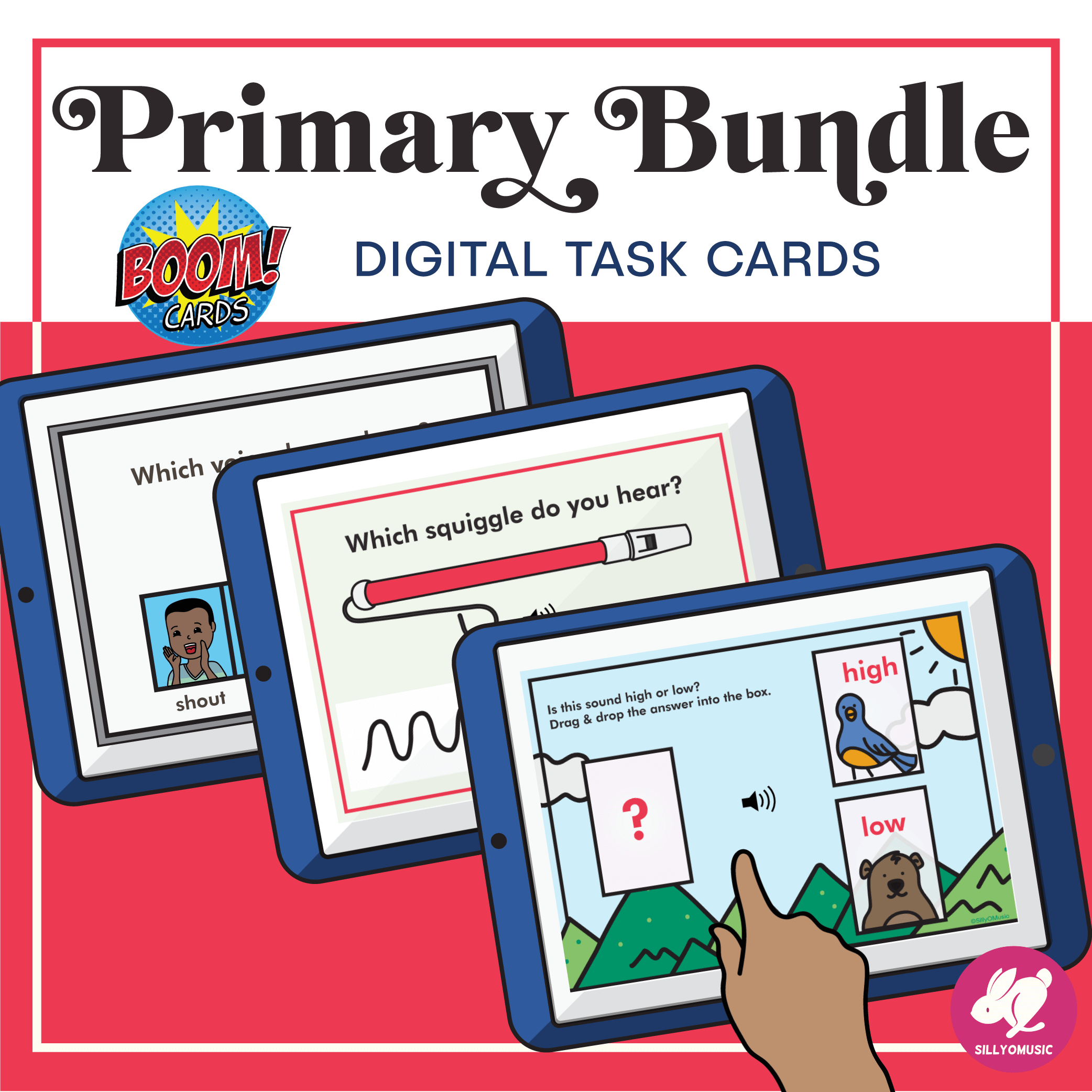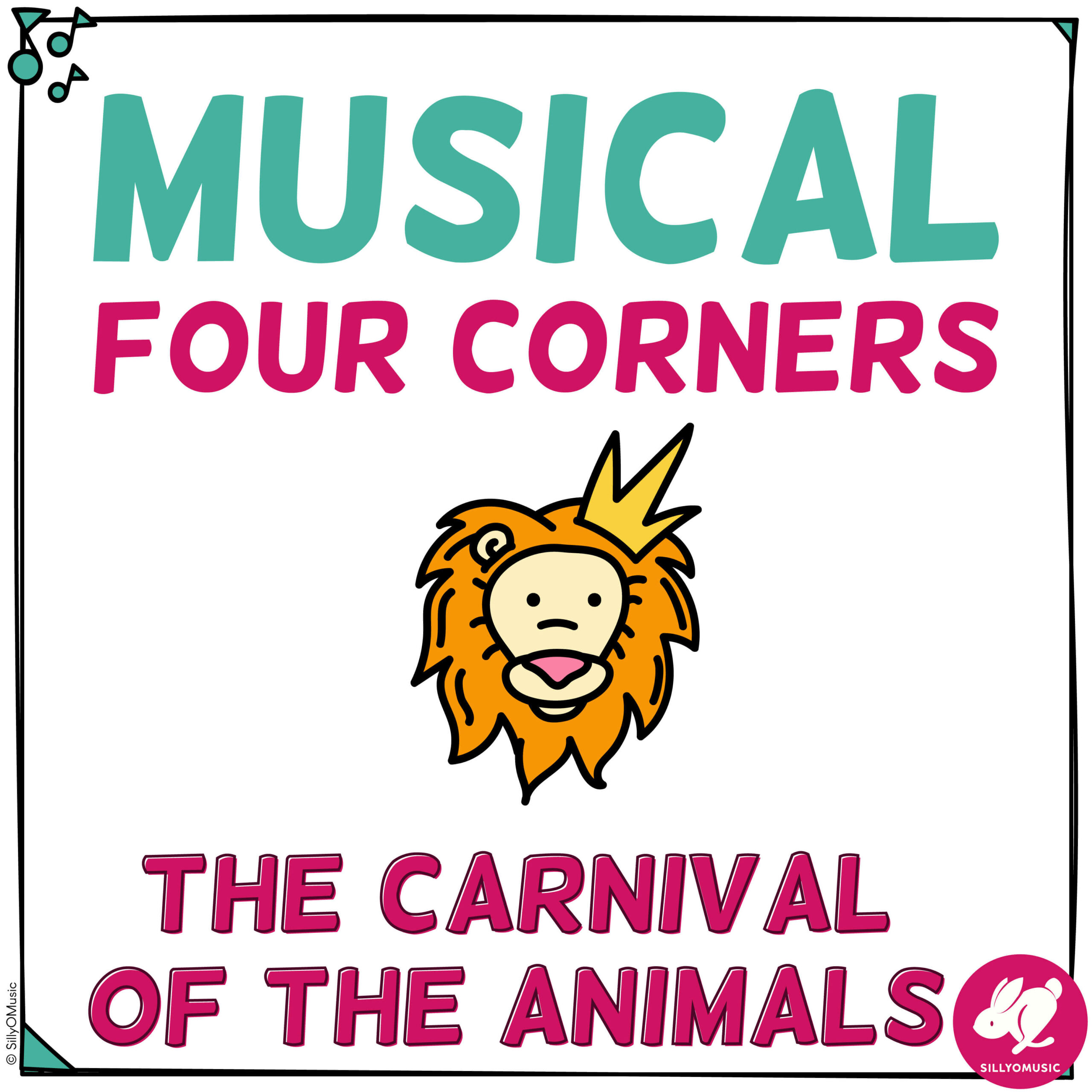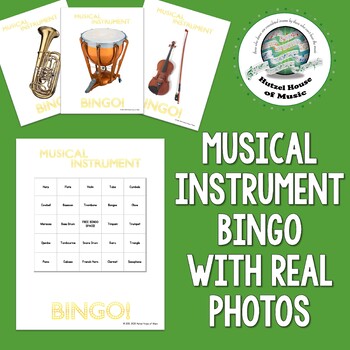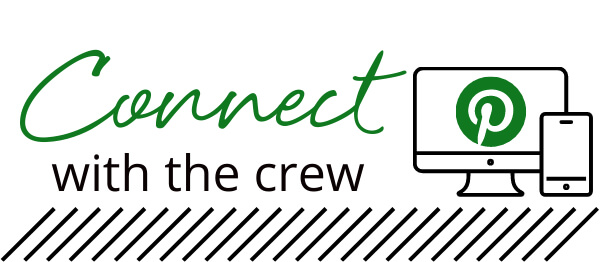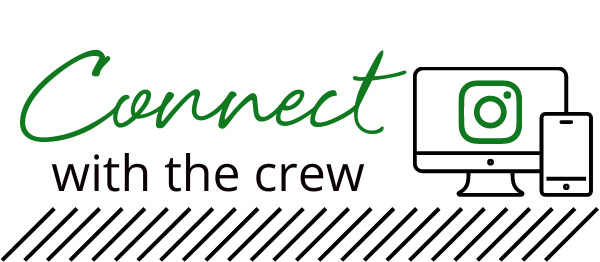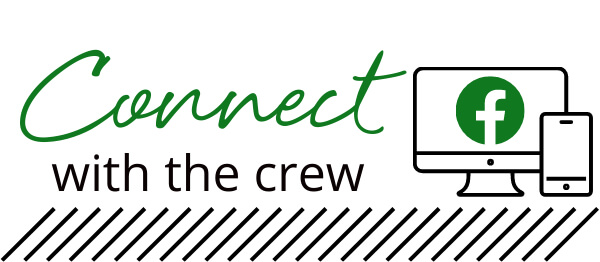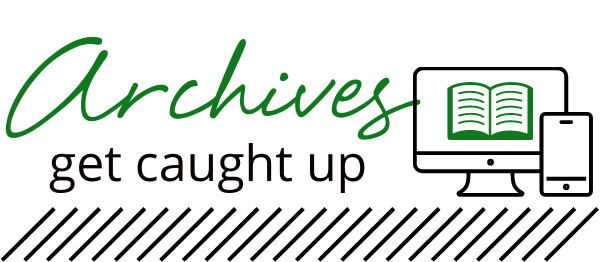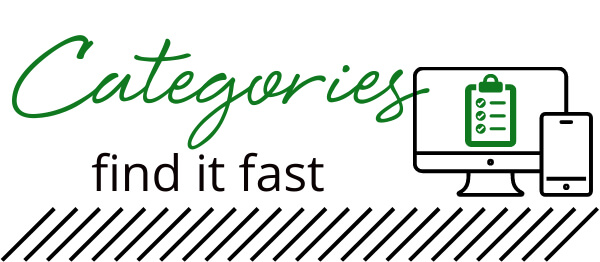Middle school general music is a unique challenge with its own special quirks, much like the preteens we teach! I’ve found one of the most important aspects of successful middle school music teaching is encouraging and developing student voice. Of course I’m sure most people would agree with that idea in theory, but putting it into practice is not a simple or easy task! Here are my tips for giving middle schoolers a voice in the music room.
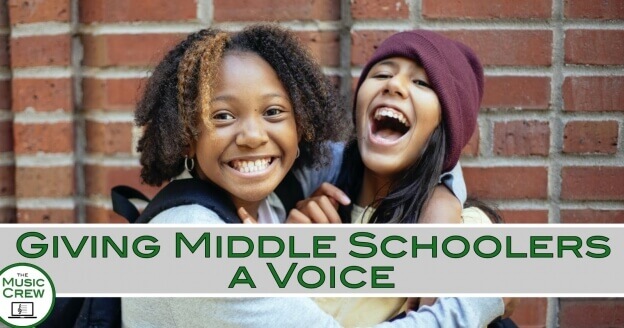
One of the most important things we can do at this age is to give students a safe space to express themselves, and give them opportunities to develop and experiment with new ways of doing so. Composition is one of the best ways to do that in a musical way: here is a previous post from our blog with lots of tips and resources for teaching composition, including lots of great project ideas for middle school! My number one tip for composition in middle school: make sure it’s “legit”! The end product has to be something they can get excited about, and the context has to be something recognizable to them from their own lives outside of school.
Another important way to give middle school students a voice is to build in regular opportunities for students to share their opinions and listen to each other, both on musical topics and on topics from their lives in and out of the classroom. Building this into the regular workings of my class has been transformative for my teaching, particularly for my middle school classes- I use the practice of circles from Restorative Practices and it wasn’t easy in the beginning, but I will never go back now that I’ve started! Here is a post from my blog, Organized Chaos, that explains the different ways that I use circles in my classroom.
Giving students the opportunity to express themselves is all well and good, but they will not feel safe to truly do so unless they know you will truly listen to and respect their views, even if they differ from your own. It is absolutely critical that we are continuously working to respect, reflect, and effectively respond to ever-more-diverse perspectives in our teaching. And in my experience, it’s my middle schoolers who will sniff it out when I don’t and respond most dramatically when I do! This idea encompassesa whole host of aspects including race, language, neurodiversity, culture, gender, musical genre, and more, and requires ongoing self-reflection. Here is a series on my blog diving into those issues as they directly apply to music teaching, with resources for further study.
Of course the best way to encourage appropriate self-expression is to model it as a teacher! The best middle school teachers I’ve met are all quirky and proud of it. Middle schoolers are so self-conscious but also so eager to try out different identities. Building a classroom culture that celebrates weirdness is always my ultimate goal! I say this with caution though: often I find teachers take this concept as permission to stay stuck in the one genre or hobby they enjoy. Sharing your passion for opera music or the sport of curling and incorporating it into your teaching is an awesome way to model being comfortable and confident in who you are. You absolutely do not have to fake liking something because you think the students like it. BUT that self-expression and passion has to be tempered by an equal acceptance of other perspectives and the honest awareness that you are “weird” for liking those things. There is a big difference between sharing your own passion and encouraging others to share theirs, and sharing your passion and trying to persuade others to agree. Modeling self-expression and weirdness needs to be accompanied by modeling an openness and respect for other opinions, and middle schoolers are guaranteed to know if your interest is genuine or not. Along with celebrating our own quirks, we need to put in the time and effort to learn about other genres, hobbies, and cultural perspectives as well.
What do you do to encourage middle schoolers to develop their voice in the music classroom? What have your experiences been with trying to create a safe space for self expression in the middle school music room? Leave a comment below to join the conversation, or email me at [email protected] to chat- I’d love to hear from you!


